Proposed updates to clarify industrial zoning in the county were presented to the Churchill County Planning Commission at its June 24 workshop. Randy Hines, public works director, said his department’s goals regarding the suggested changes were to provide more explanation and transparency for industrial uses in the future. The department proposes to split the industrial zone into subcategories referenced as I-1, I-2 and I-3. Currently, the county only has one industrial zone.
“With just one industrial zone throughout the county, you’re really stuck with requiring special use permits for almost everything that comes in the area,” Hines said.
I-1 zoning would cover light industrial uses like warehousing and indoor manufacturing with I-2 zoning for medium industrial uses like munitions and hazardous materials manufacturing. The I-3 zoning will be heavy industrial activities like explosives and chemical manufacturing. Hines said even with the new zoning designations, some special use permits will be necessary for higher-risk activities.
Hines presented proposed zoning tables and maps to the commission, with color-coded maps showing the separate industrial zones. He showed maps for Hazen, Leeteville Junction, Rattlesnake Hill area, and industrial lands on Highway 95N.
Planning commissioners reviewed the maps and provided initial feedback, pointing out certain parcels they felt should have different industrial zoning. Hines listened and said he wasn’t opposed to adjusting the proposed zoning designation and added they could even have a split zoning on one parcel if necessary.
County Manager Jim Barbee said when the National Defense Authorization Act was passed in 2022, the Navy’s lands expanded by 600,000 acres. Part of the county’s negotiations involved addressing the “checkerboard” parcels skirting the Interstate 80 corridor north of Hazen. The checkerboard refers to alternating private and public sections of land in that area. A section is approximately one mile square and normally contains 640 acres. Barbee said in the 1800s, when the railroads were blazed through the country, there was a 20-mile buffer on each side of the railroad—however, the federal government held onto much of that land, which created access issues for both private and public lands.
Barbee said the county received 14,000 acres of vacant land in direct conveyance from the federal government in exchange for the lands taken over by the B-20 bombing range expansion. Those lands are located near Interstate 80, by the airport and north of the sewage treatment plant, and are available for development, Barbee said.
Currently, if a privately held section of land sits at the top of a mountain and the owner wants to swap it for a federally held section on the valley floor—a more suitable place for industrial or commercial development—the owner must go through several lengthy state and federal review processes. Ideally, the federal lands would be consolidated to the mountaintops and unusable areas, leaving the valley floor for private ownership.
Churchill County created a land-swap process wherein they will “sit at the table between BLM and the private owner” to help aid owners of less-desirable mountaintop private sections become eligible for an exchange of valley floor sections.
“This workshop is to address the current industrial parcels as they sit today,” Hines emphasized. “We are not proposing any new parcels.”
The Planning Department will take comments on the proposed changes over the next couple of weeks. Hines said he will give an update at the July planning commission meeting, with its final presentation at the August meeting. Maps with the proposed industrial zoning changes are included in the agenda packet PDF for the June 24 meeting. Members of the public are welcome to email their comments to Hines at [email protected].


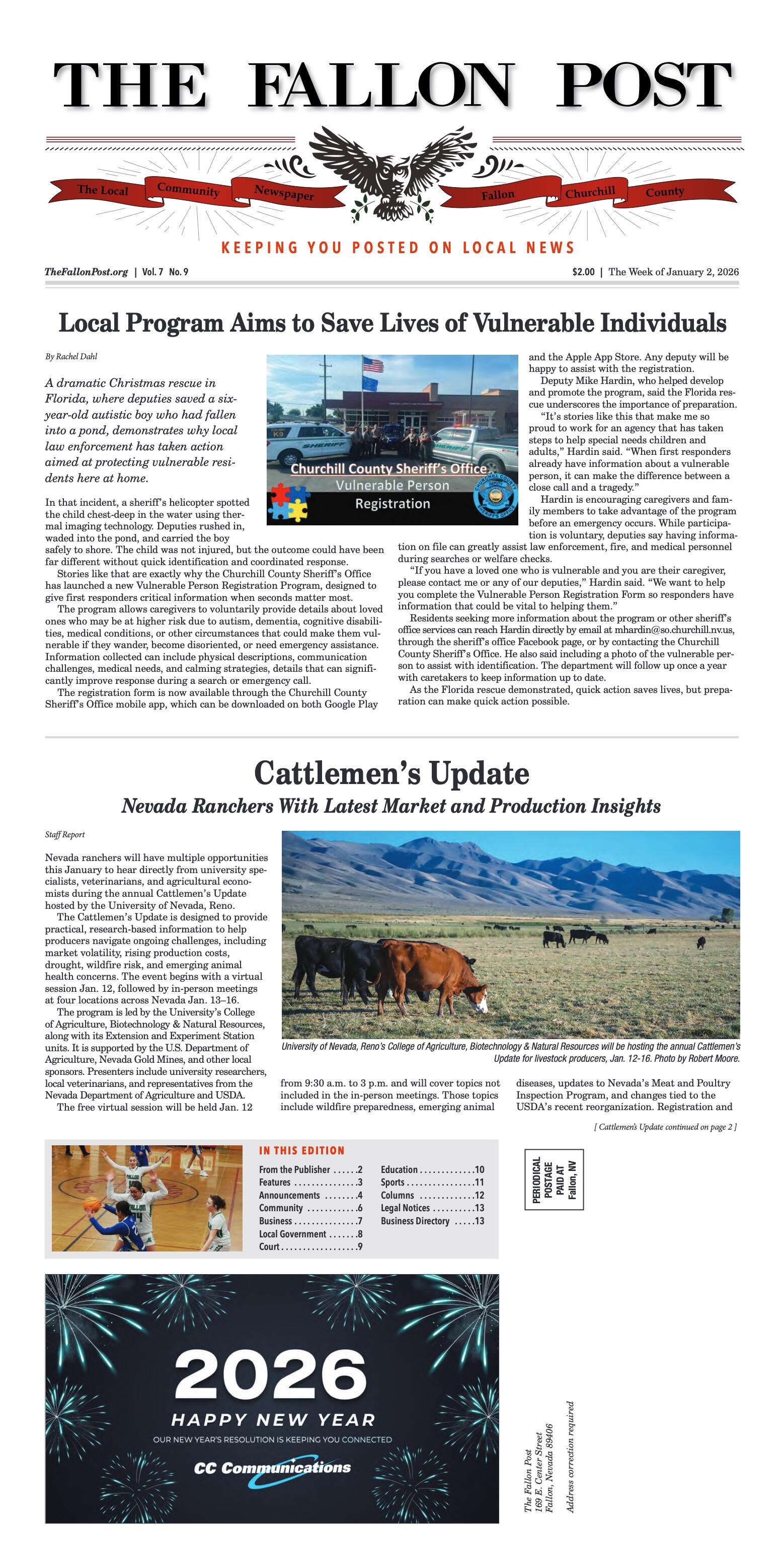
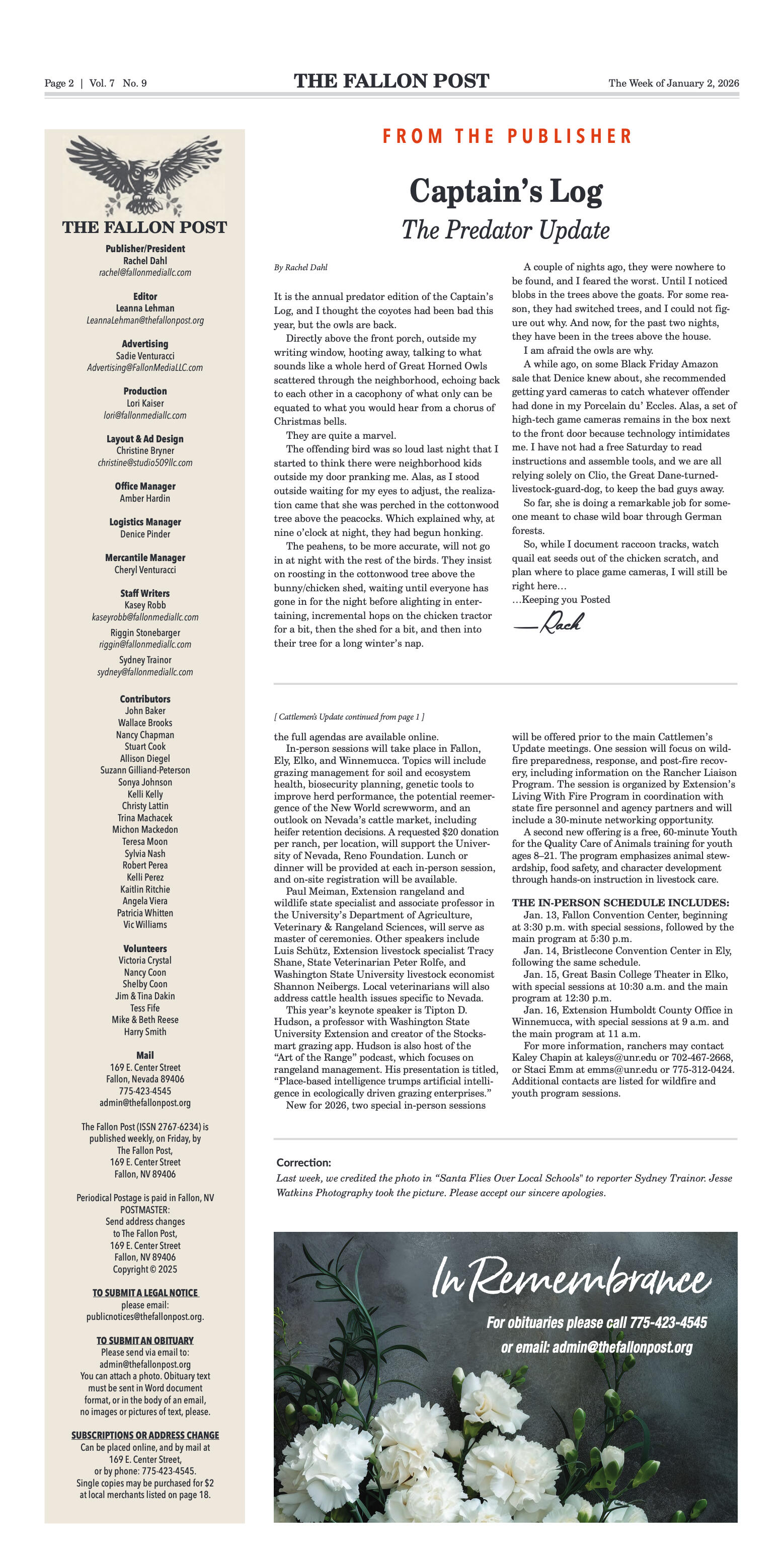
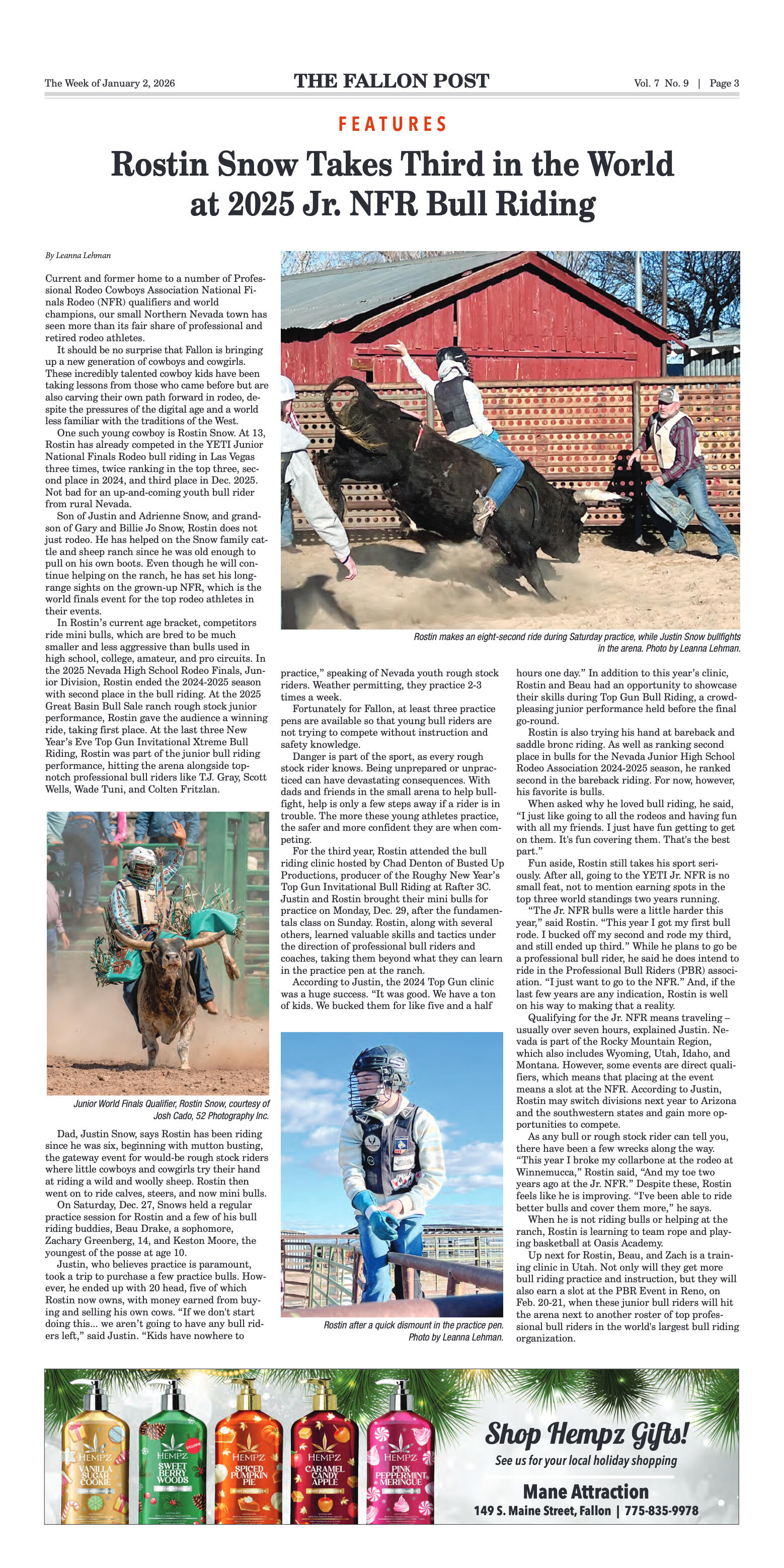

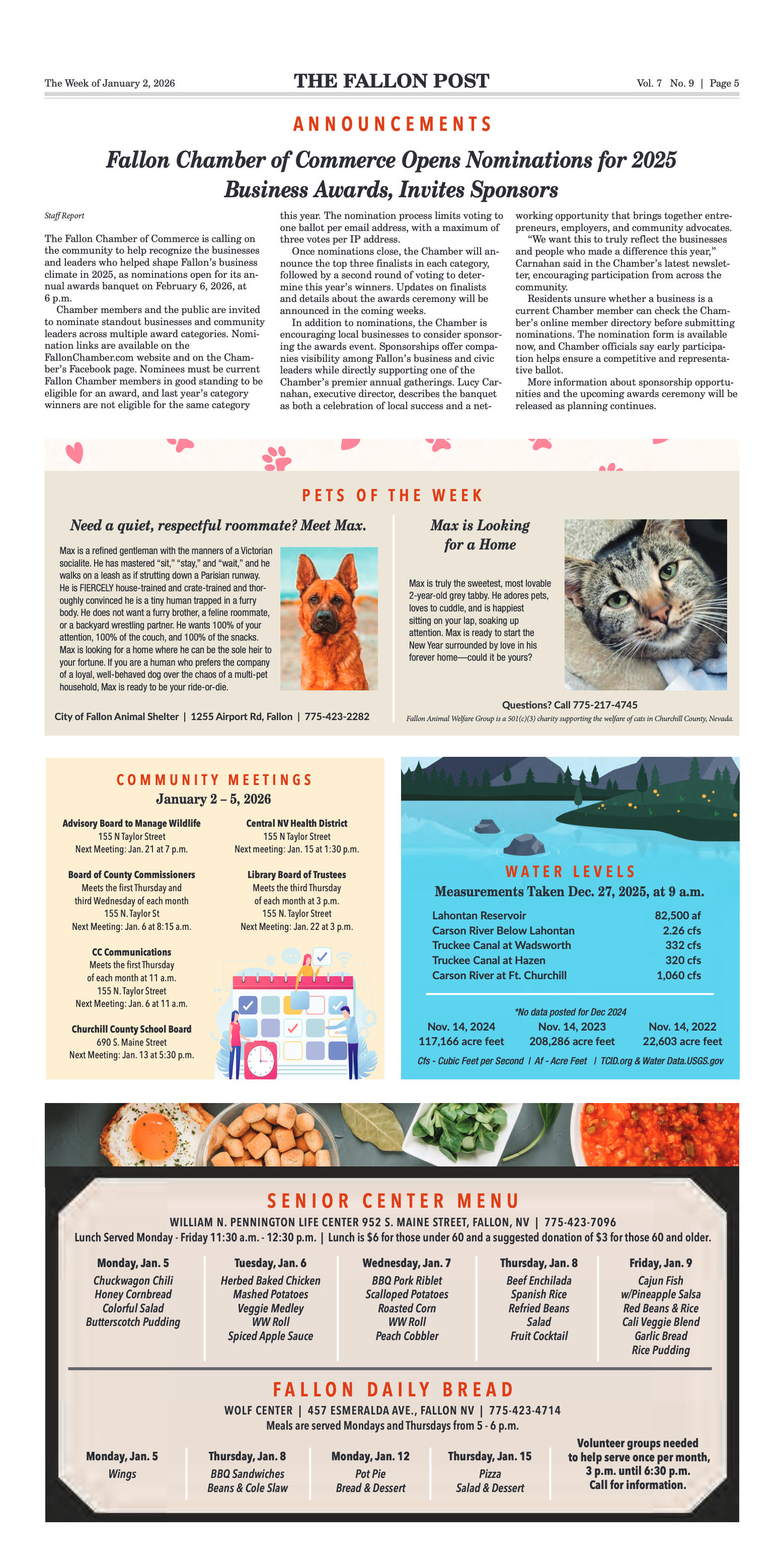
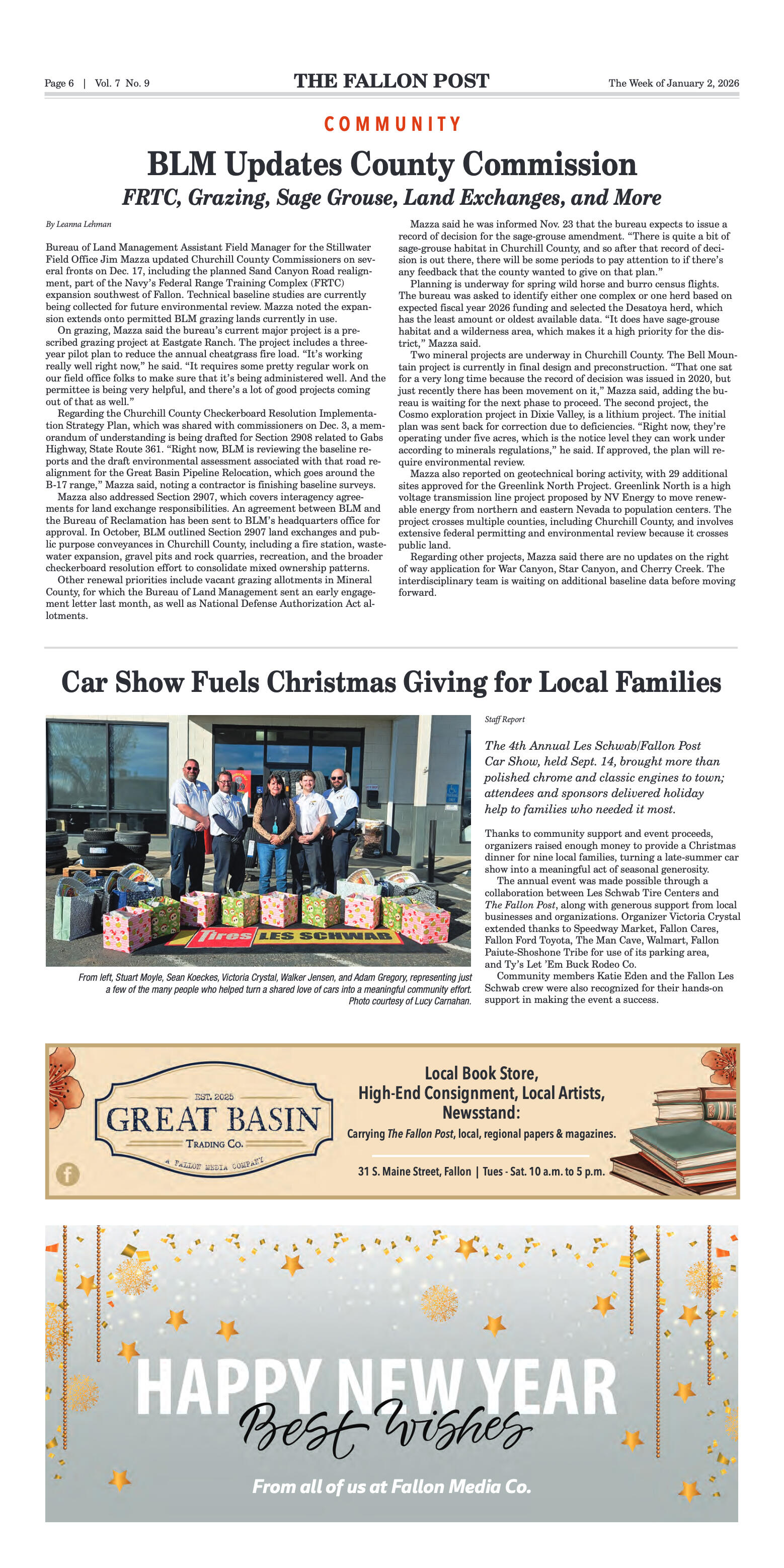
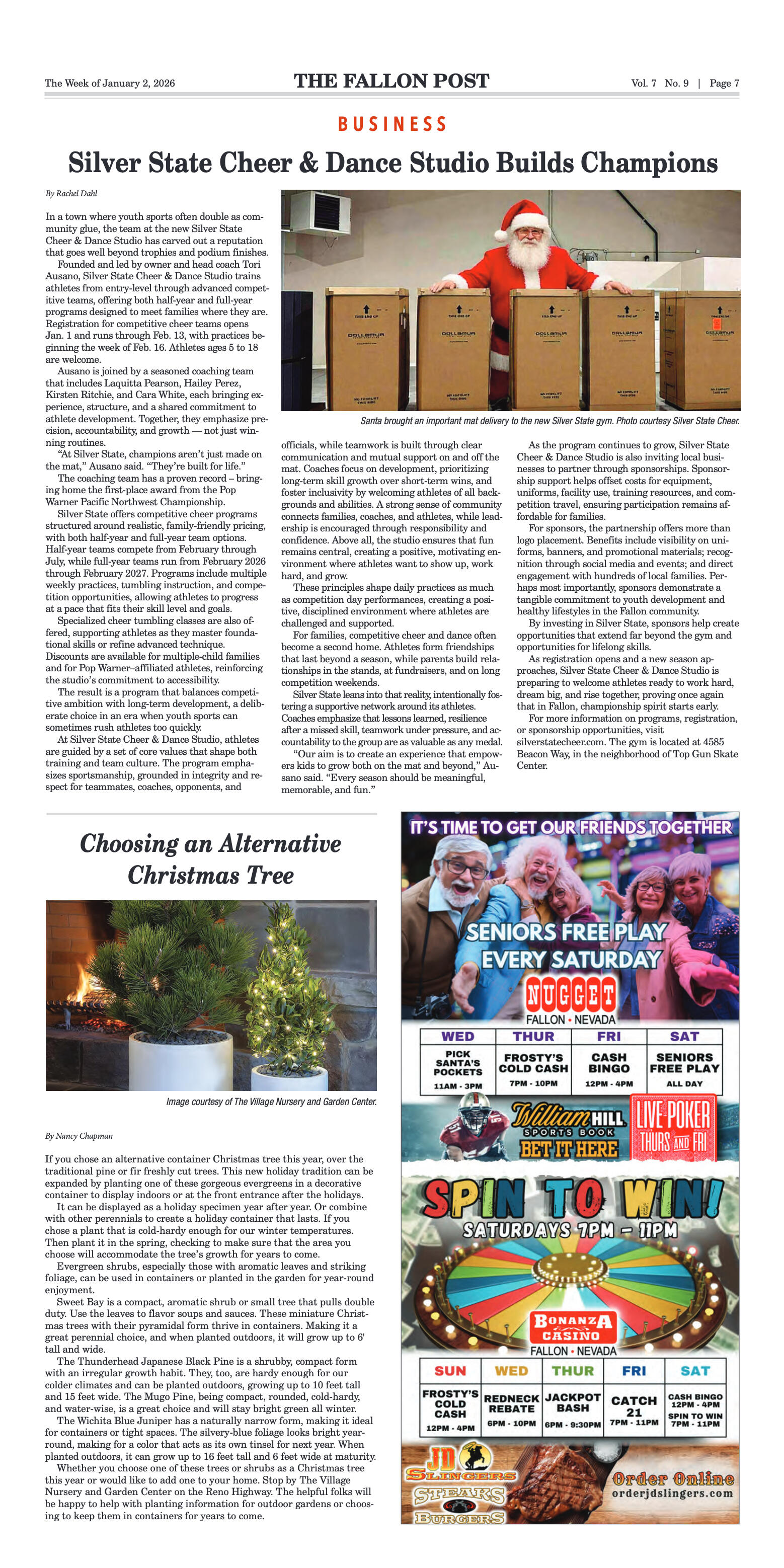
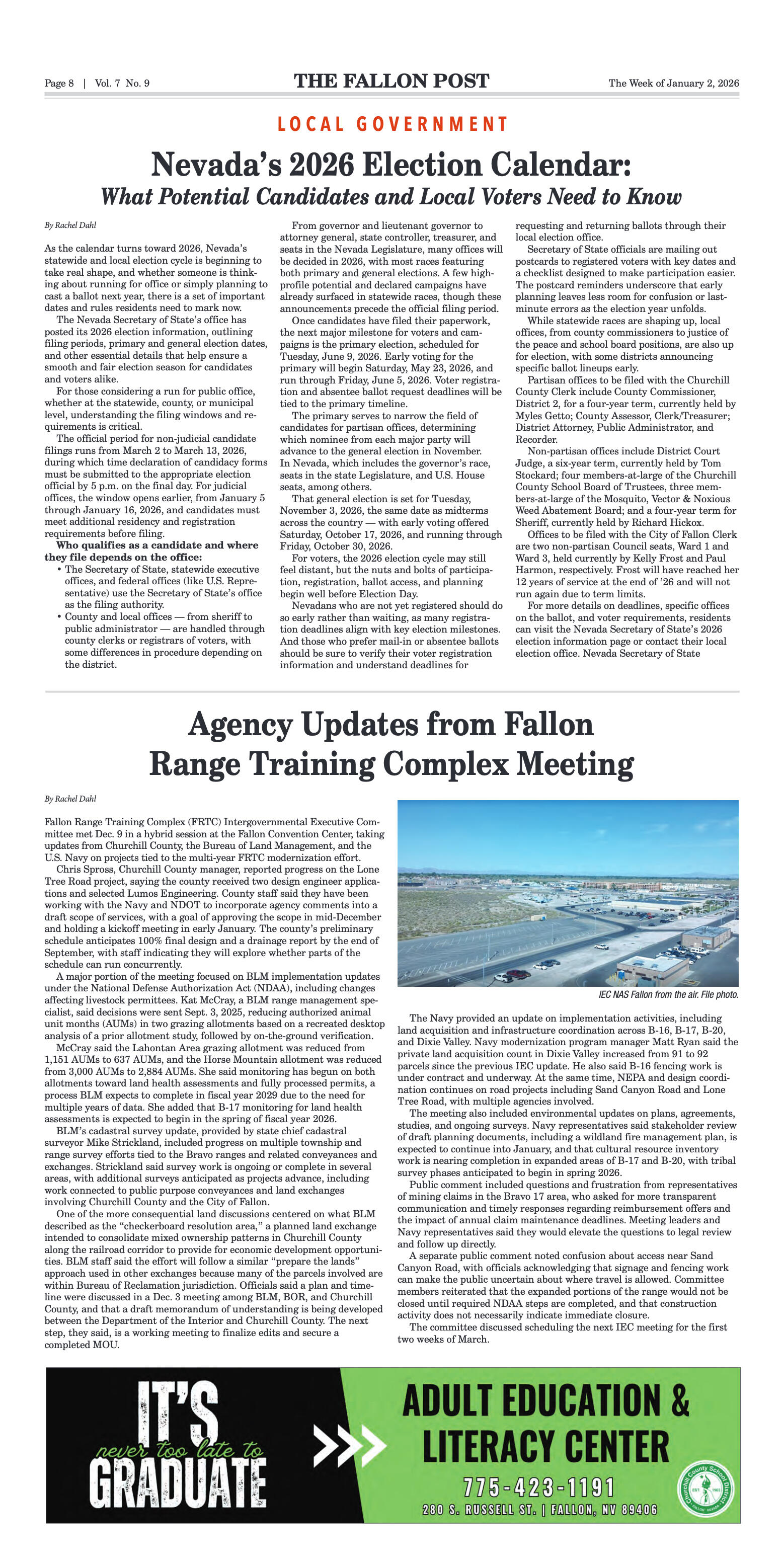
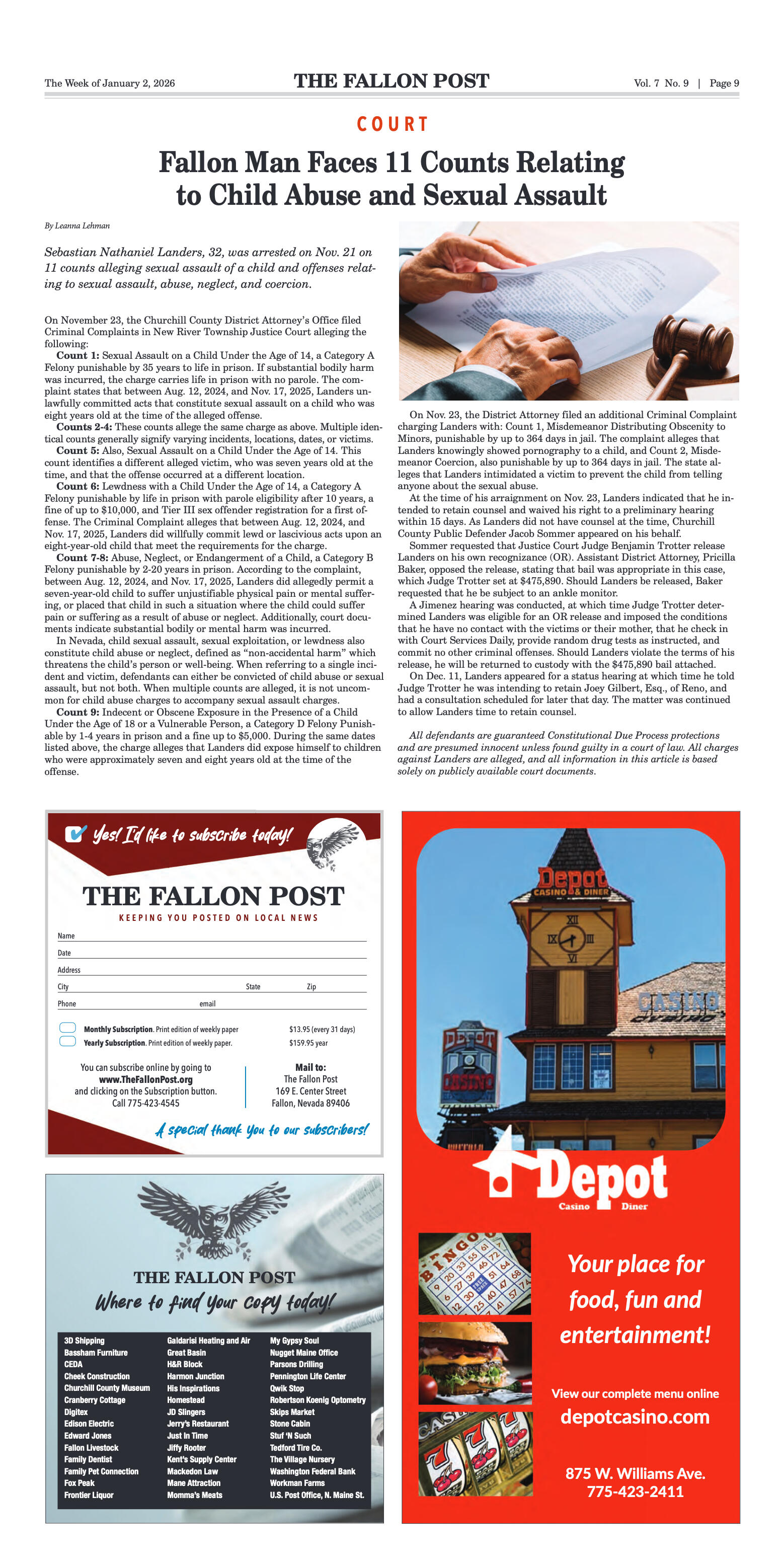
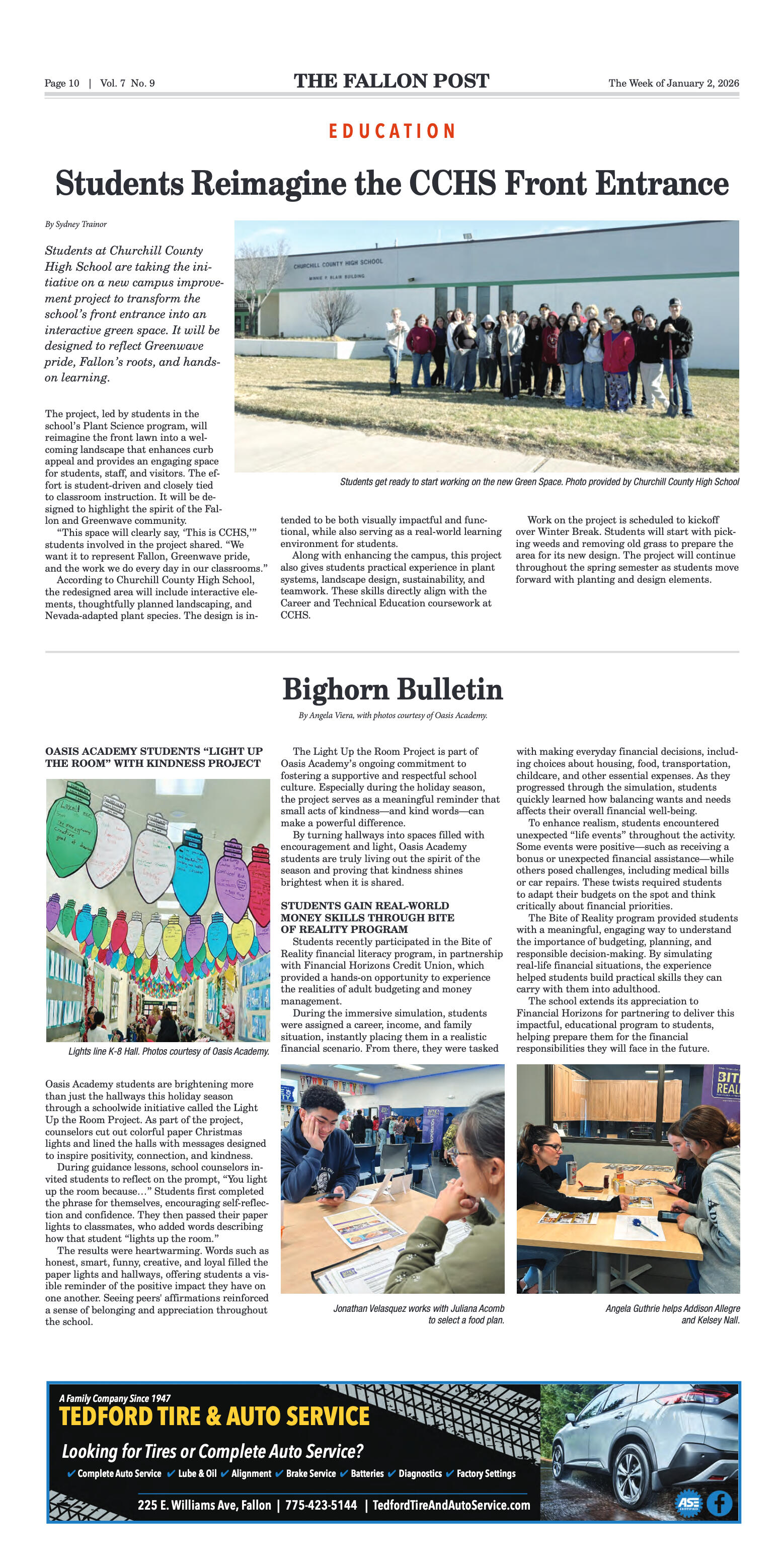

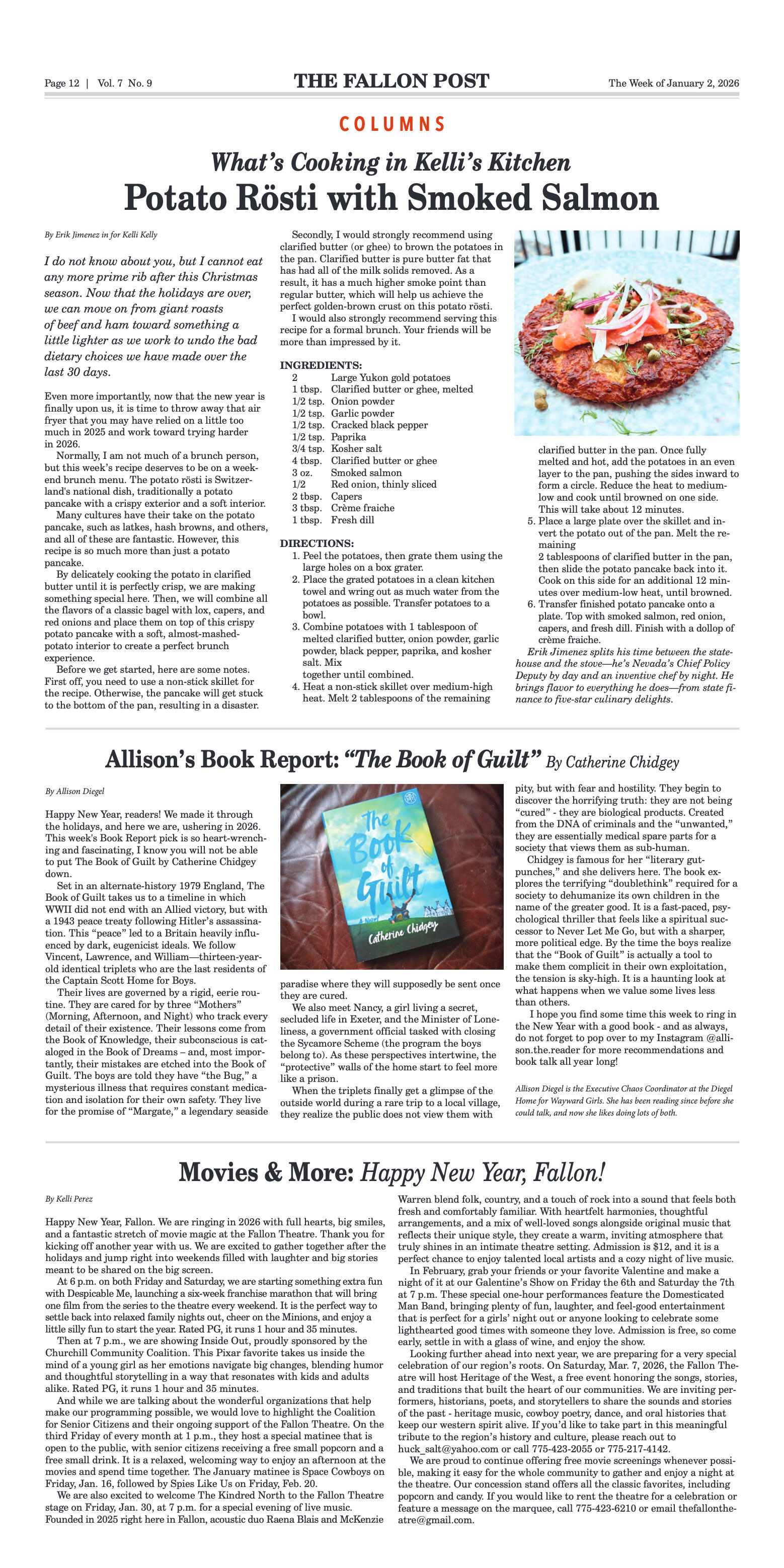
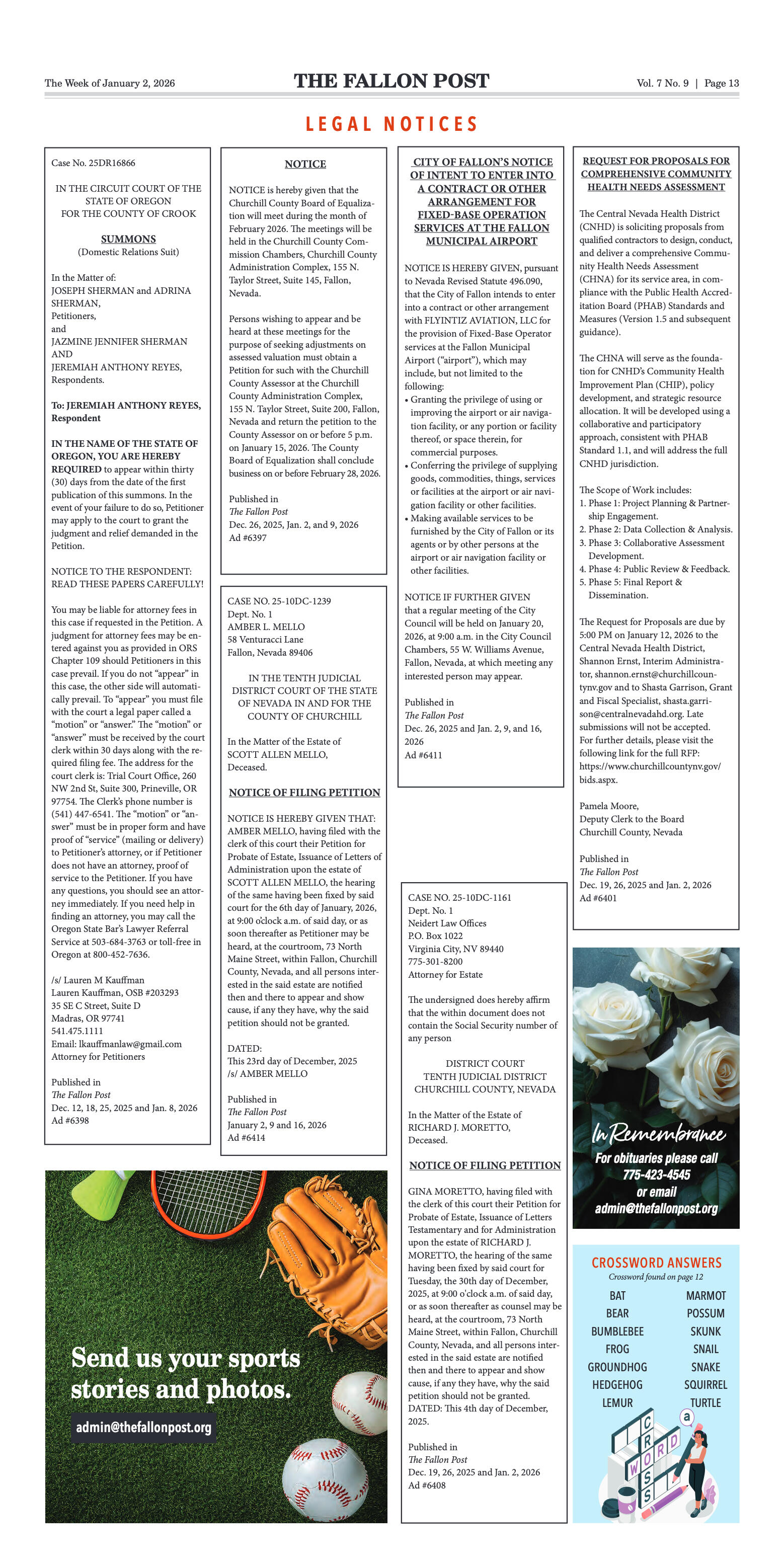
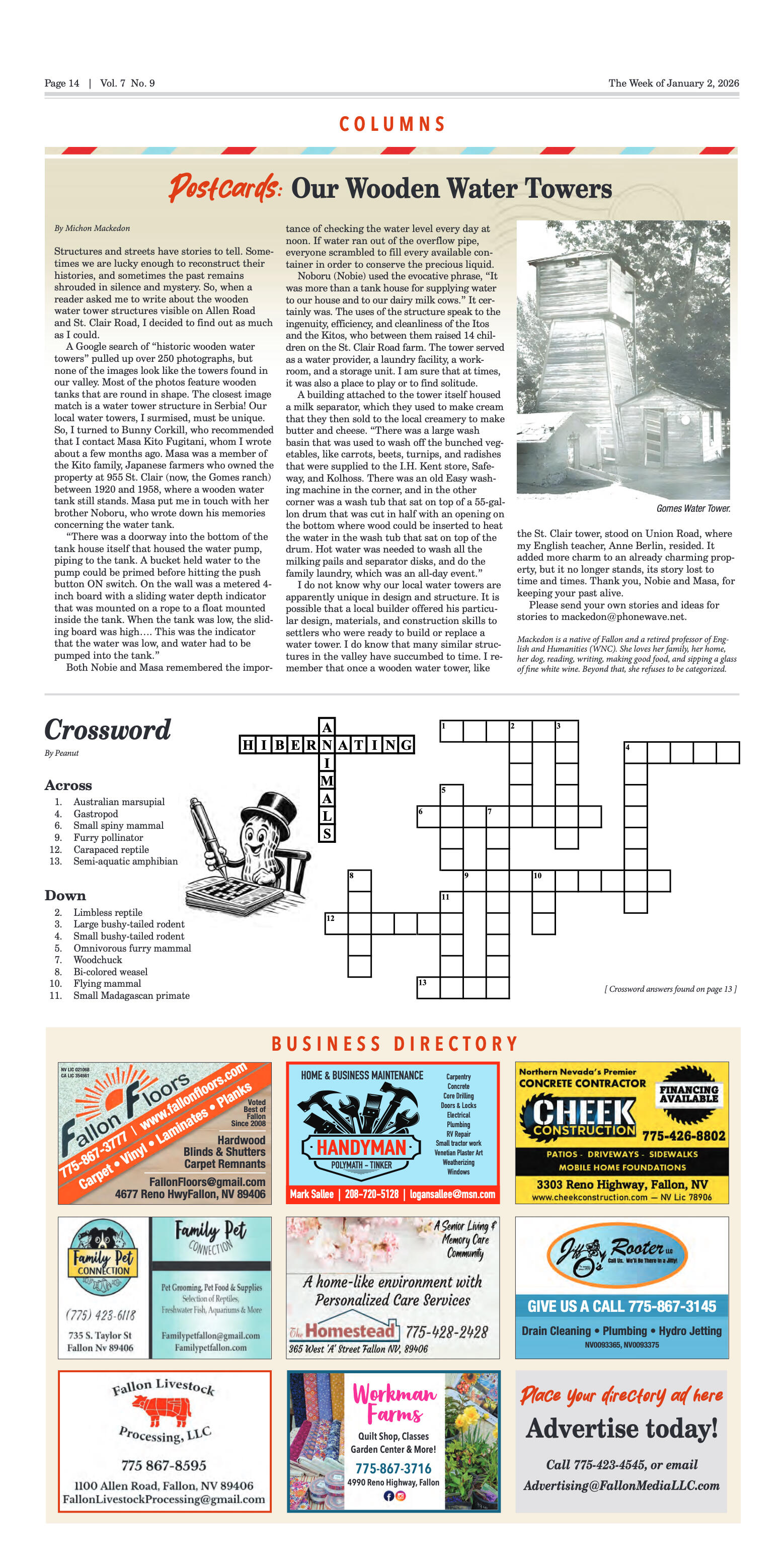




















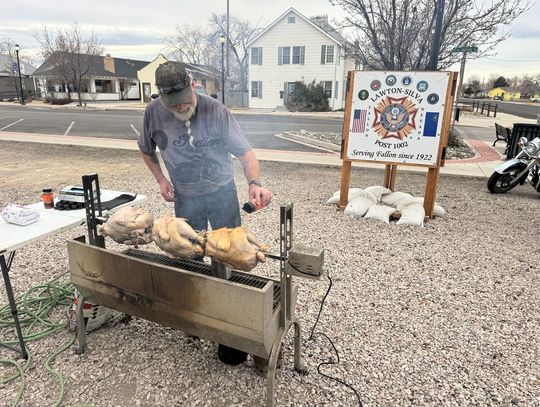

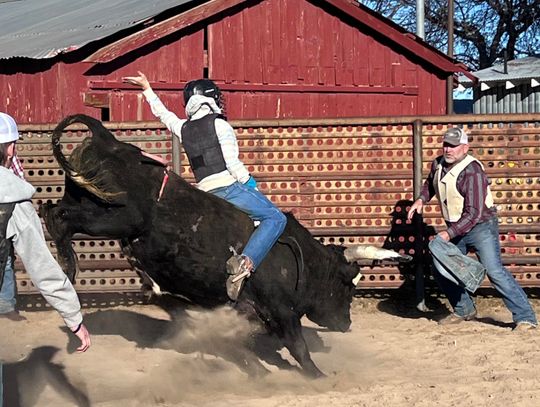


Comment
Comments